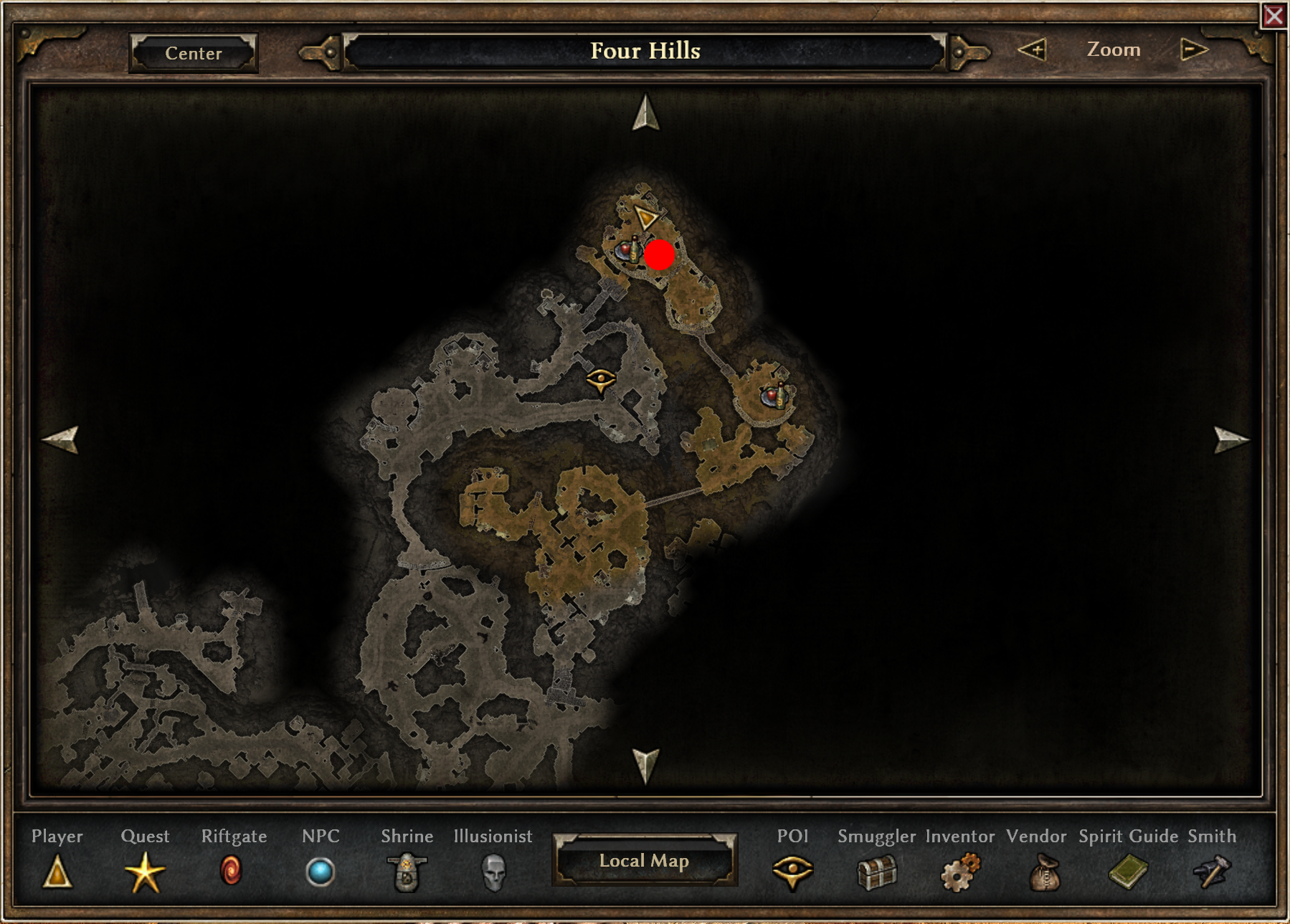

Japan was an antipodean universe, ever yielding, ever prostrate. European women whitened their teeth, Japanese women blackened theirs. Who took Japan and the Japanese to be a place and a people "beyond imagining," as an Italian Jesuit put it, "a world the reverse of Europe." Europeans were tall, the Japanese were short. The first Westerners to record their impressions were missionaries, Japan, farthest east from the metropolitan capitals and least known among explorers, became the object of extreme Orientalist fantasies as soon as Europeans arrived, in 1542. The Orient was the "other" of the West, and the twain would never meet. The Oriental was "exotic" rather than ordinary, "inscrutable" rather than comprehensible, dusky rather than Oriental merely existed, a creature ruled by fate, timeless tradition, and an ever-present touch of sorrow. Deprived of the Enlightenment, the East displayed no rational thought, no logic or science. Patterns, discernible through the ages and eternally repeated, like the mosaics in Middle Eastern mosques. There was no dynamism or movement in the Oriental society. Orientalism was made of received notions and images of the people, cultures, and societies that stretch from the eastern Mediterranean to the Pacific. His account of Japan Wilde left out only the quotation marks, for he was writing about the simple, serene, perfume-scented "Japan" of the Orientalist's imaginings. We now have a word, albeit a contentious one, for the phenomenon he touched upon, if incidentally, in "The Decay of Lying." It is called Orientalism. Wilde elaborated, "The actual people who live in Japan are not unlike the general run of English people that is to say, they are extremely commonplace, and have nothing curious or extraordinary about them." There were universities, offices, department stores, banks. It was reflected on teapots and vases, in theįabric of women's dresses, and in the way people arranged flowers.īut what did japonisme have to do with Japan as it was? The Japan of the 1880s was erecting factories and assembling steamships, conscripting an army and preparing a parliament. Gauguin made gouaches on paper cut to the shape of Japanese fans. In 1887 van Goghĭecorated Le Père Tanguy with prints of Mount Fuji and geisha in elaborate kimonos. Degas, Manet, Whistler, Pissarro - they were all fascinated by the imagery of Japanese tradition. Europe was awash in what the French call japonisme. Japan had opened to the West just thirty years before Wilde made this observation. "There is no such country, there are no such people." "In fact the whole of Japan is a pure invention," Oscar Wilde wrote in 1889. She's like the face on a Noh mask, wrapped in her own secrets.

She's like a quiet mountain lake whose waters are rushing beneath the surface toward a waterfall.


 0 kommentar(er)
0 kommentar(er)
